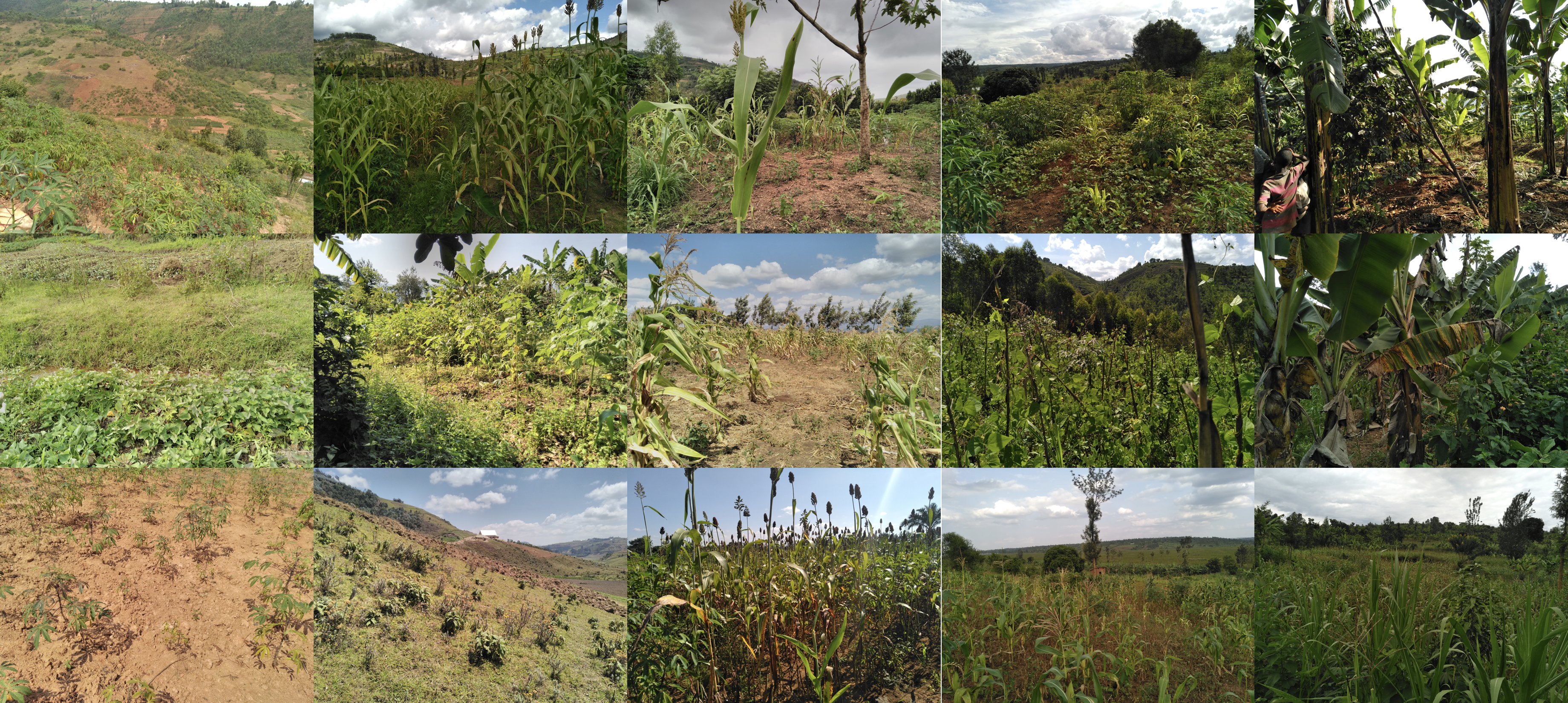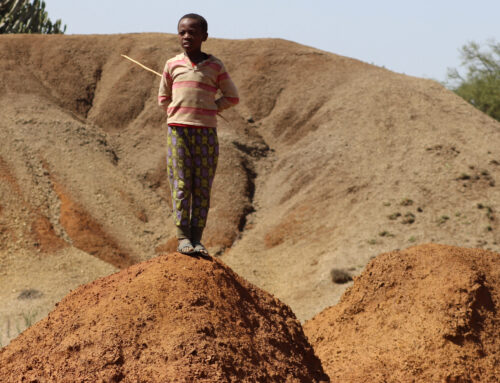From a data mining and machine learning perspective, the majority of East African food production systems resemble an itemized receipt from a supermarket, in which fields (shopping carts) tend to be mixed with several staple food crops grown simultaneously or in seasonal sequence, rather than being monocropped as they are in e.g., Iowa, Ukraine, and South Africa. Even quite small, 0.25 ha, cropland areas are commonly planted with several staple food crops during any given season, often in combination with livestock. However, which specific crops are grown together in a given small area, and how these combinations may be evolving due to internal and environmental forces remain uncertain and largely unquantified in Africa. We have developed and tested a field data collection tool and the associated machine-learning workflows for predicting which and where specific mixed cropping systems are expected to occur.

Our Crop Scout KoboToolbox form is freely available here. A longer description of how this form should be deployed in field surveys can be found here. An R-markdown notebook describing how the data can be used to map and monitor mixed cropping systems is available on GitHub. Feel free to fork and modify both the form and/or the code to suit your needs.


